Sharing a book at home with a parent or caregiver is one of the most powerful reading experiences for children. Helping your child learn to read at home, rather than in a classroom, means you are able to work at their own pace and, where relevant, relate the book to experiences you have had together as a family.
If you haven’t had much experience reading with your child before, or particularly reading in English, we appreciate it can be difficult to know where to start. Therefore, we hope that this blog will give some ideas for using our Ladybird Readers at home, and making the experience pleasurable and enjoyable for you and your child.
- Things to do before reading
Children aged five to eight learn first from sharing a book with an expert reader who reads aloud to them. If you put lots of expression into your reading, children will learn how your voice changes from making statements to asking questions, and how dialogue sounds different from the narration of the story. If you are not comfortable in reading in English yourself, there are free audio recordings of all our titles available on www.ladybirdeducation.co.uk – simply download the correct one for your story and you and your child can listen along.
After you’ve read the book aloud, or listened along, you can then work through the story more slowly with your child.
Before beginning, look at the cover of the book. Ask plenty of questions to ensure the child starts to get a sense of what will happen in the story. For example, for The Wizard of Oz you could ask: “Who is she?”; “What kind of animal is this?”; “Where are they?”; and, “Where are they going?” to check whether the children already know something about the story and its key words from listening to the reading.
- Tips for during reading
Each Reader starts with a Picture words section. This gives children a chance to look at the new words or characters that may come up before they read them in the story. Free downloadable flashcards for all of the picture words in each book are also available on our website and if you have access to a printer at home, you print these to use alongside the story. You can lay them all out on the floor or a table where you are reading and ask the child to identify the correct flashcard as you say the words, or even play a game where you have to grab the right flashcard every time one of those words comes up as you’re reading the story, or listening to the audio.
You can then move on to read through the story more slowly with your child. As you do, point to the words whilst reading them and encourage the child to participate as much as possible. Traditional stories often have phrases in dialogues that are repeated throughout the text. Encourage the children to join in your reading of a story by repeating these phrases. For example, they can repeat this dialogue from Topsy and Tim: Go to the Zoo (Level 1).
“No, you cannot have a penguin!” says Mommy.
“No, you cannot have a zebra!” says Dad.
Gradually increase the amount that children can repeat from the text, to develop their reading confidence. And as this grows, paired reading helps to give children the confidence to read aloud, by sharing the reading with you – with you and the child taking turns to read a page or a part in a dialogue. If children have difficulty saying a word, give them a short time to correct themselves, but if they can’t do this, just say the word quietly and move on to the next part of the book.
- Activities for after reading
Reading should always be followed by comprehension checks. The activities at the end of each of our Readers will help you check general understanding of the story. You can also reinforce children’s mental map by recreating the story visually. For example, they could draw the storyline, or you could even act out the story again together.
Our Readers, and their accompanying Activity Books, have plenty of different sorts of activities to practise skills as wide ranging as speaking, listening, writing and critical thinking. In the back of every Activity Book there’s also a song or chant based on the book – with audio on the website – so children can sing along.
To make each book more interactive, especially for younger children, we also have a range of additional free materials on the website. These include colouring activities for younger children and even crafts to make a Cinderella crown or your own Peppa Pig finger puppets.
Finally, it is important for children to feel like they are making progress with their reading. So we’ve also included a free downloadable reading reward chart so children can tick off books as they go – and earn themselves some fun rewards along the way.
About Ladybird Readers
The Ladybird Readers series is a collection of Readers that has been levelled by experts to gradually introduce key words to learners of English as they begin their reading journey. The levels follow the Common European Framework of Reference (CEFR) and support students who are taking the Cambridge English Young Learners (YLE) exams. From Beginner to Level 6 the range of books includes traditional stories children may know already, such as Rapunzel and Aladdin; stories about much-loved character brands like Peter Rabbit, Moomins Masha and the Bear or Peppa Pig; stories of everyday adventures featuring children like themselves; and non-fiction books about the world around them, including BBC Earth and Scuderia Ferrari titles. Whatever your child is interested in, there should be a book to keep them entertained.

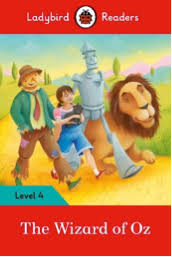
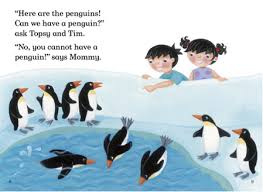
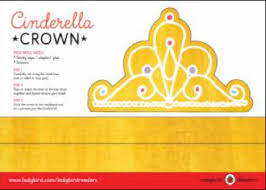
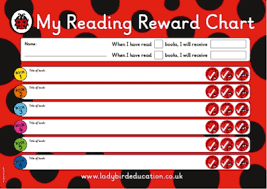



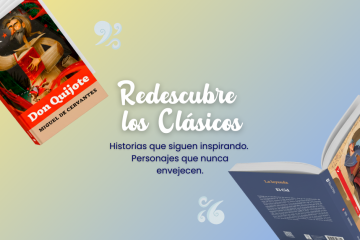

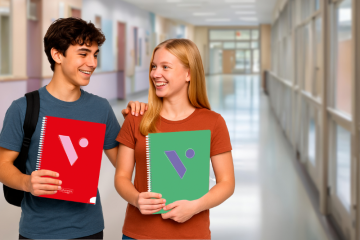

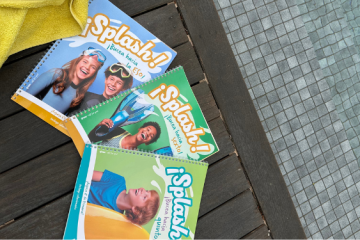

Sin Comentarios